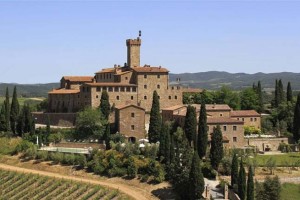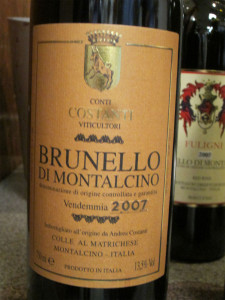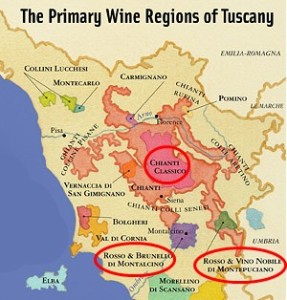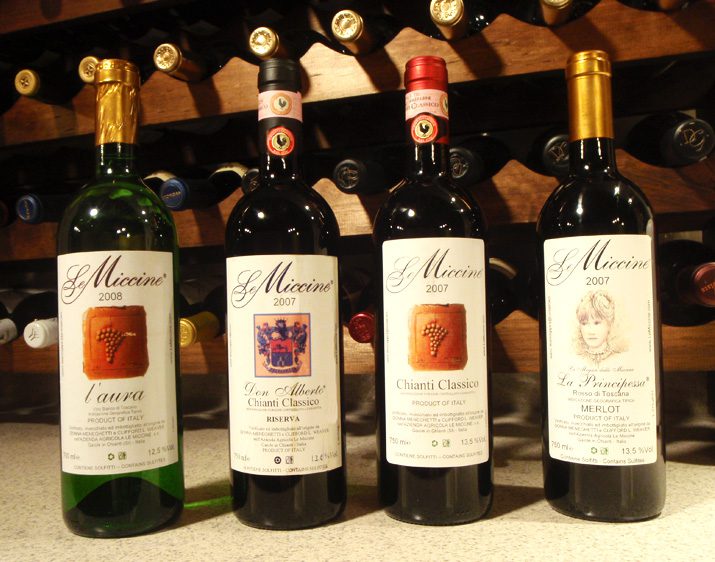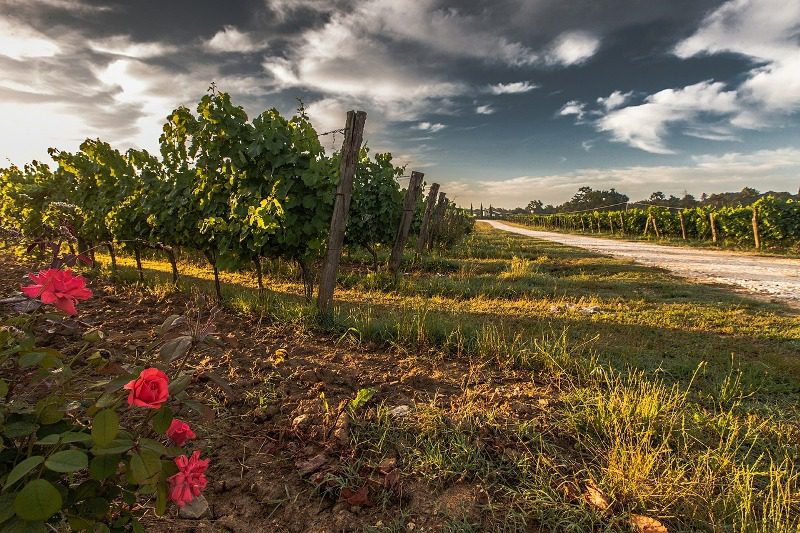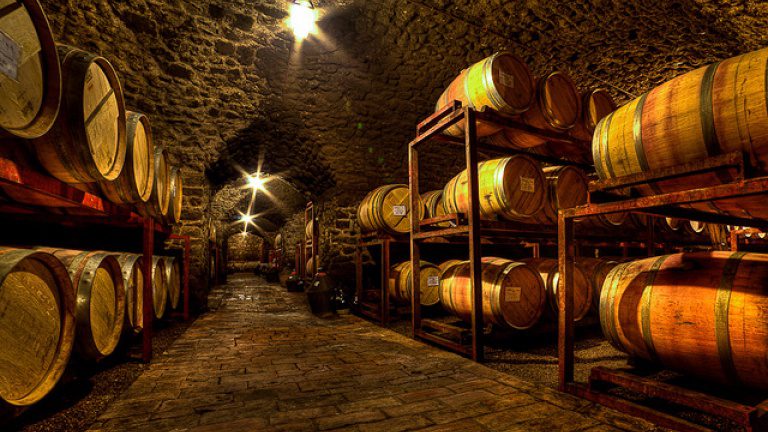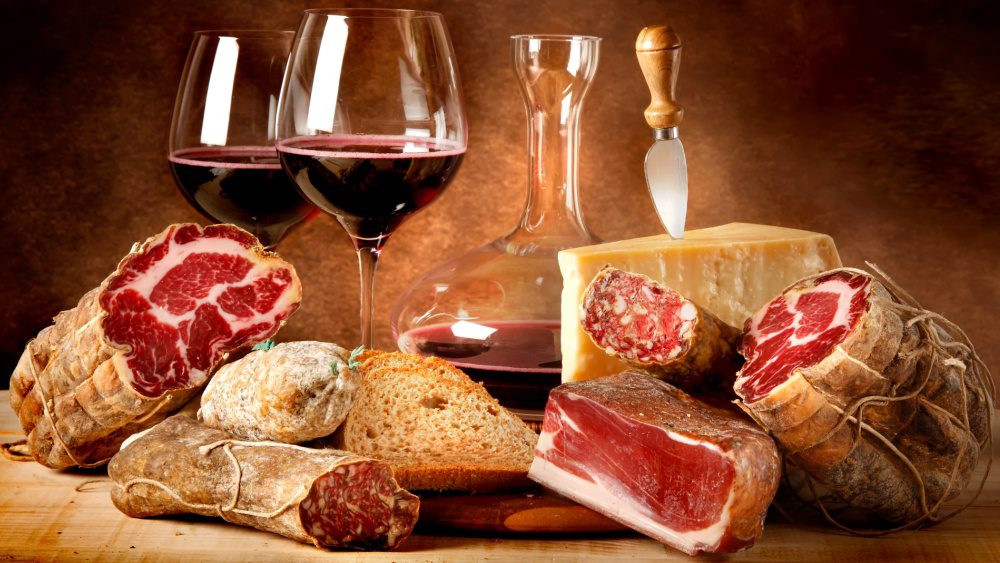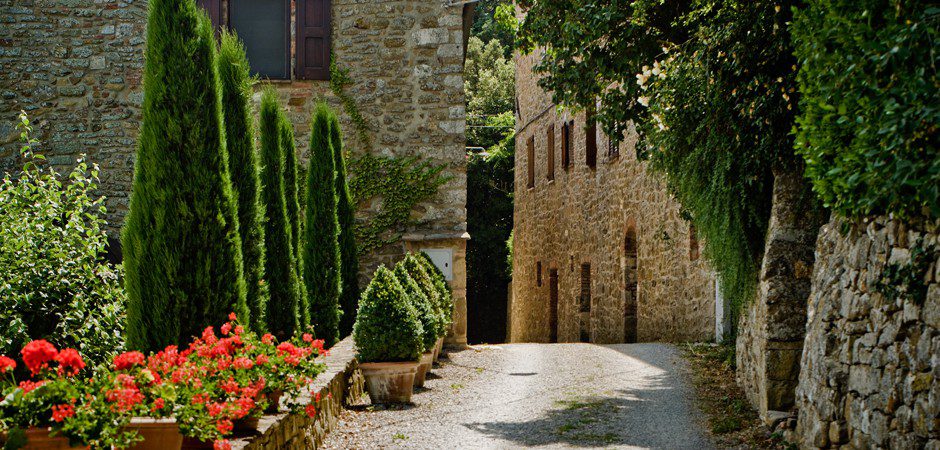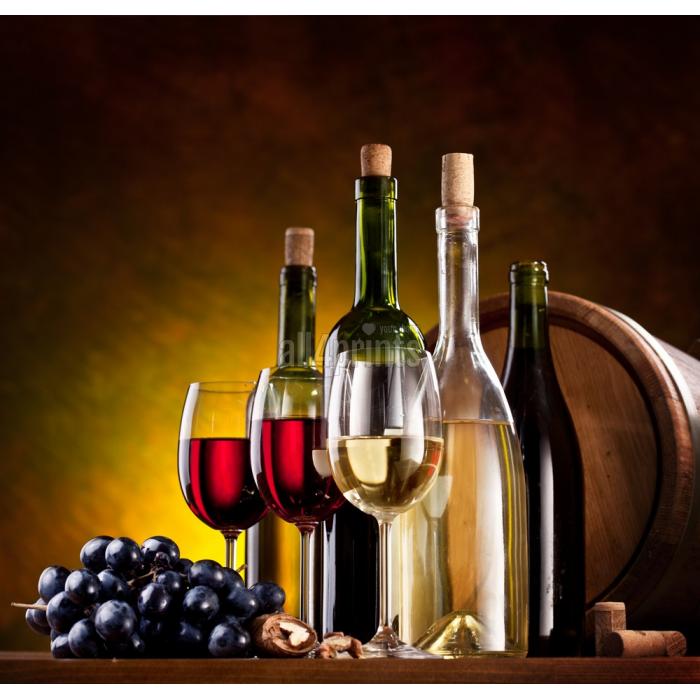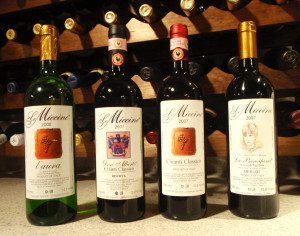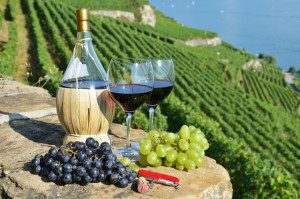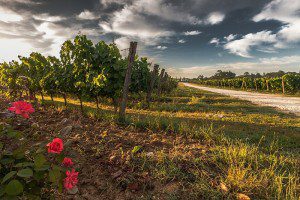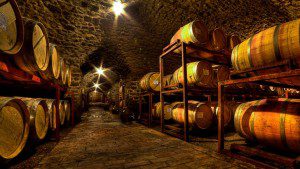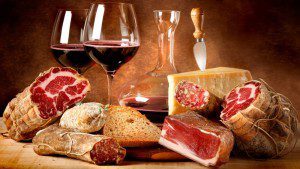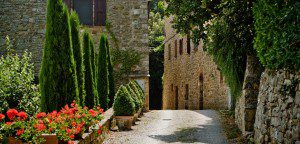Wine tasting in Tuscany
If you love wine here are a sampling of the regions we can visit together:
Bolgheri:Super Tuscan lovers: Look no further than Bolgheri, right off the Tuscan coast. This area boasts full-bodied wines made fromsangiovese, cabernet sauvignon, merlot and syrah grapes.Bolgheri Sassicaia, one of the world’s most sought-after and expensive wines, is made with cabernet sauvignon and cabernet franc. Another important wine from the region isGrattamacco Bolgheri Rosso Superiore.
For those who enjoy white wine, an acidic and fruityvermentinocan also be found in many of the area’s wineries as well asSauvignon Blanc and Viognier.
Chianti:As one of the most well-known Italian wines, and one of the first wines ever to be exported, Chianti is a must-try in Tuscany. Chianti vineyards are spread throughout Tuscany, but I recommend visiting the wineries in the heart of the Chianti region.
In particular, we could head toGreve in Chianti, located less than an hour from Florence. This is where to taste chianti classico,the famous red wine with undertones of cherry and nuts, made with80 percentsangiovesegrapes. By the way, real Chianti isn’t like the basket wine made popular in Italian restaurants in the past.
Montalcino: For the sangioveseexperience, we must travel to the town of Montalcino. That’s the home ofthe world-famousBrunello di Montalcino – the wine is made entirely of the lightweight, acidic sangiovese grosso grape. This full-bodied wine will cost you: It’s expensive not only because of its pure composition, but also because of its four-year aging process and popularity around the world.
Other wines from the area includeRosso di Montalcino, andMoscadello,asweet wine made from the moscato varietal of grapes.
Montepulciano: The city center of Montepulciano is home to gorgeous renaissance churches and towers. For wine-lovers, Montepulciano’s real attraction is its Vino Nobile di Montepulciano, a dry, full-bodied red. Many believe that it was the only drink served to the nobles of the area. Here’s what we doknow: The historic wine is made from dryprugnolo gentilegrapes–a variation of Sangiovese–with red grapes added (up to 20 percent), and then aged in oak barrels.For a lighter (and less expensive) wine, try theRosso di Montepulciano.San Gimignano: The vineyards outside of San Gimignano, one of Tuscany’s most-visited towns and my favorite one, are home to vernaccia. Thought to be Italy’s first white wine, vernaccia is known for its golden hue and floral notes. The area is also known for San Gimignano Rosso and Chianti Colli Senesi (both red), San Gimignano Rosato (rosé) and Vin Santo (a dessert wine, often paired with cantucci, or crumbly biscuits, as a classic Tuscan dessert).
A safe side note…
I know, this is strange, but even though I am a 100% born and raisedItalian and love going tovineyards, I don’t drink! I never acquired a taste for wine. Since I was little, when my parents tried to teach me how to drink vino(wine is a family affair in Italy – kids drink a little wine with their familymeals), I would always make funny faces and never caredfor the taste! I think this is something I inherited from my mom. We were the only ones in the family who did not care for wine.
I am also the son of aformer driving instructorin Rome.So, here is some good news for you.
I will take you to Tuscany and will drive you through all the regions we talked about. You can sample all the wine you want and at the end of the tour, you can count onme to drive you safely back to the hotel. It can’t get any better than that!
Rest assured, your personal Ciceronewill guarantee youfun and safe driving experience through this country fullof crazy people onwheels!
Tuscany vineyards

